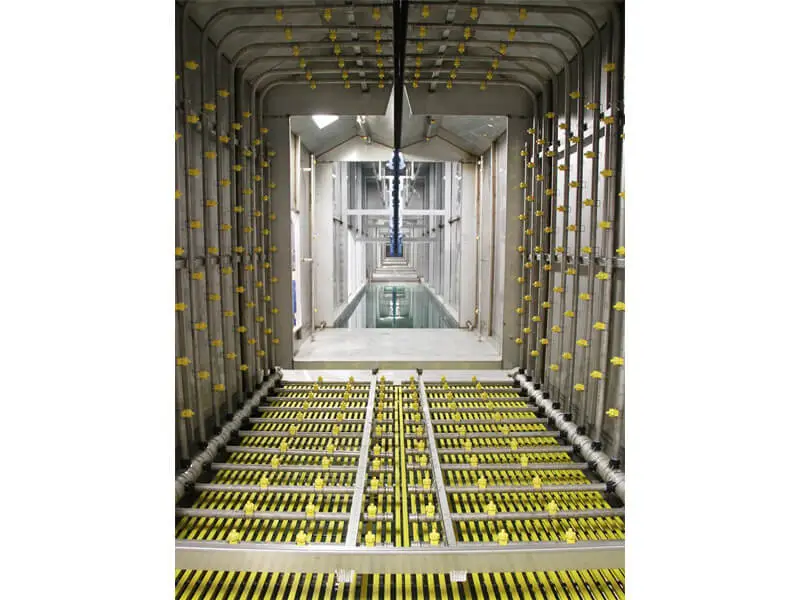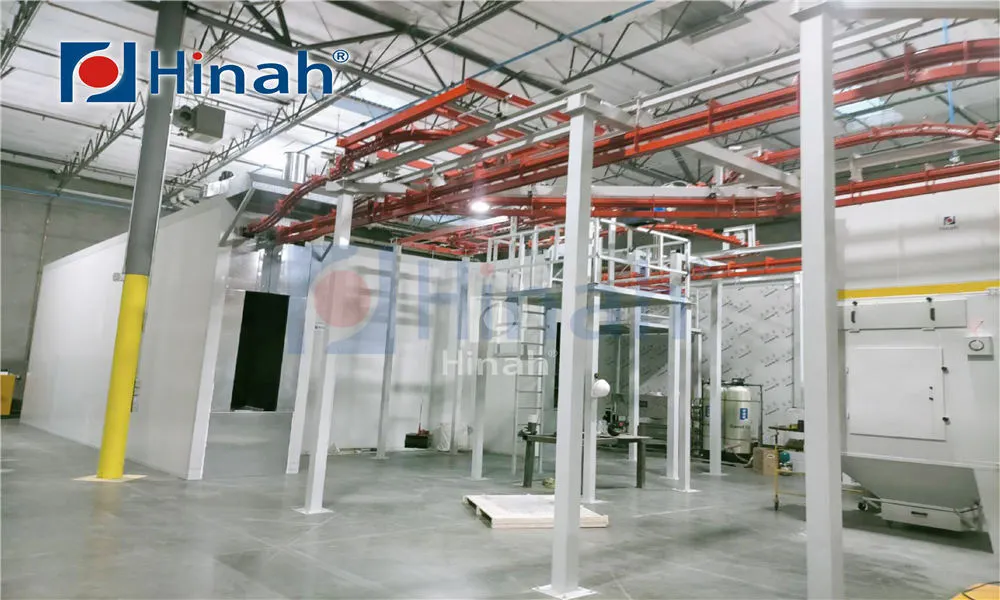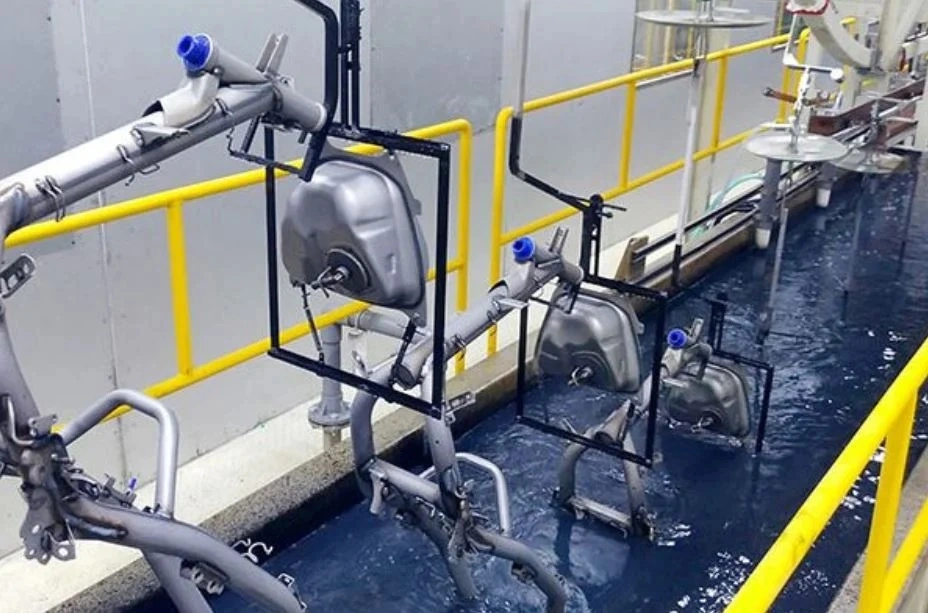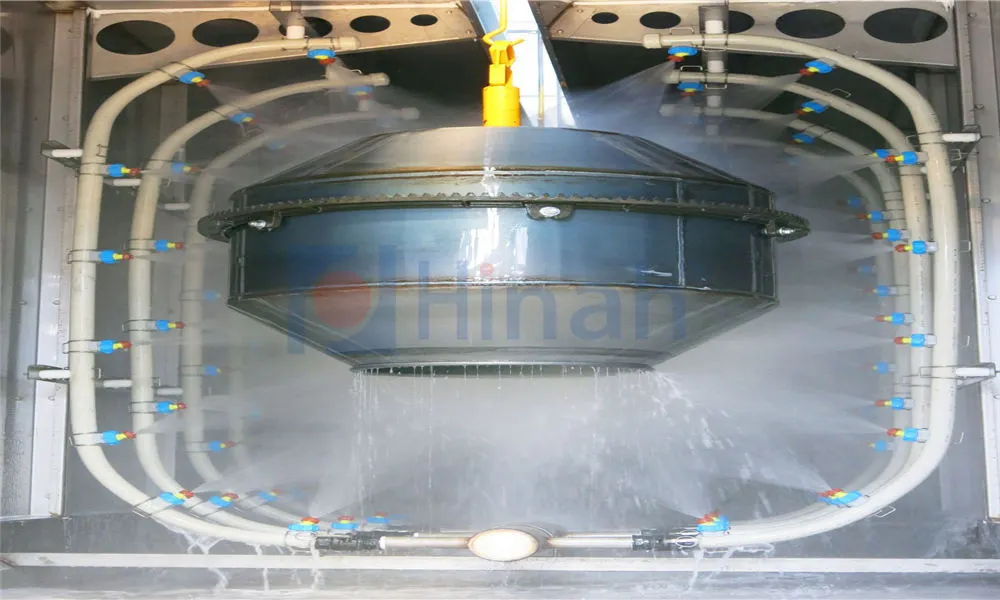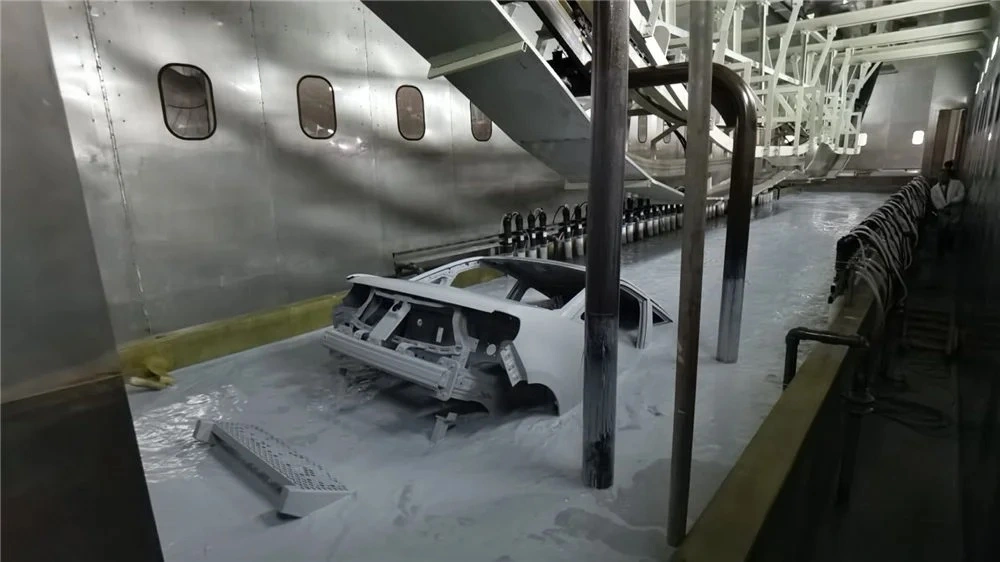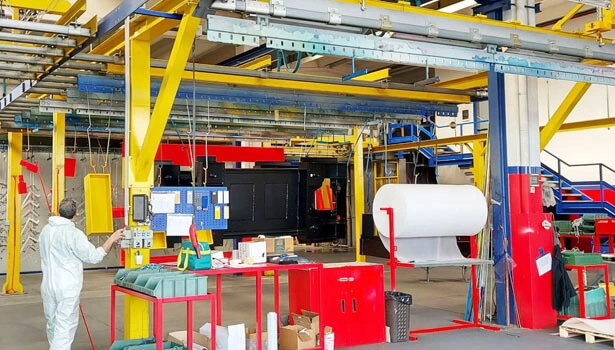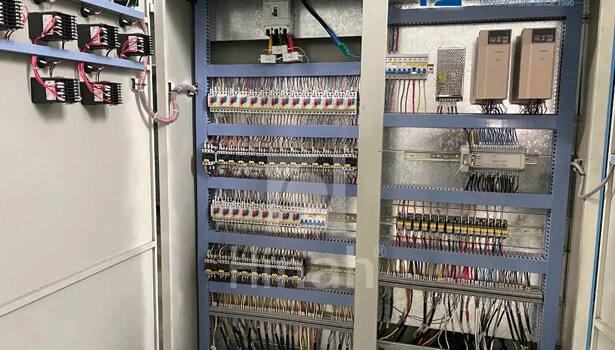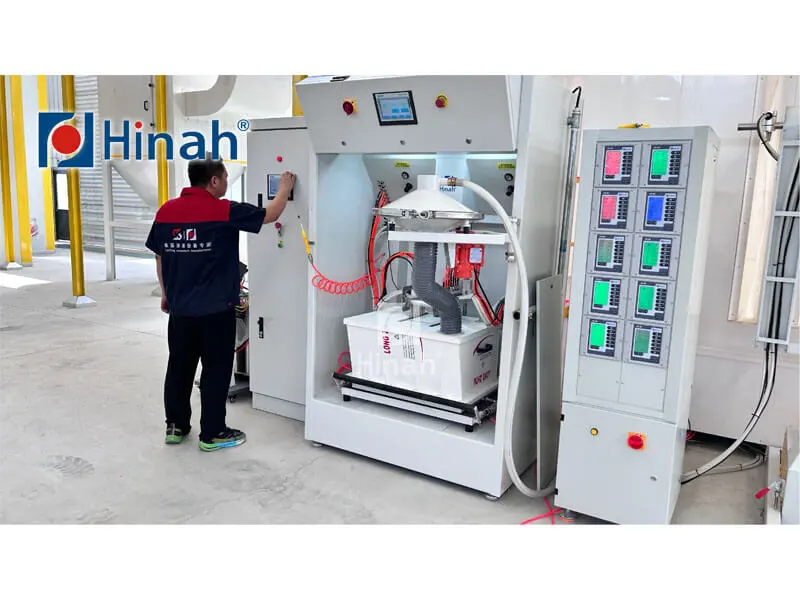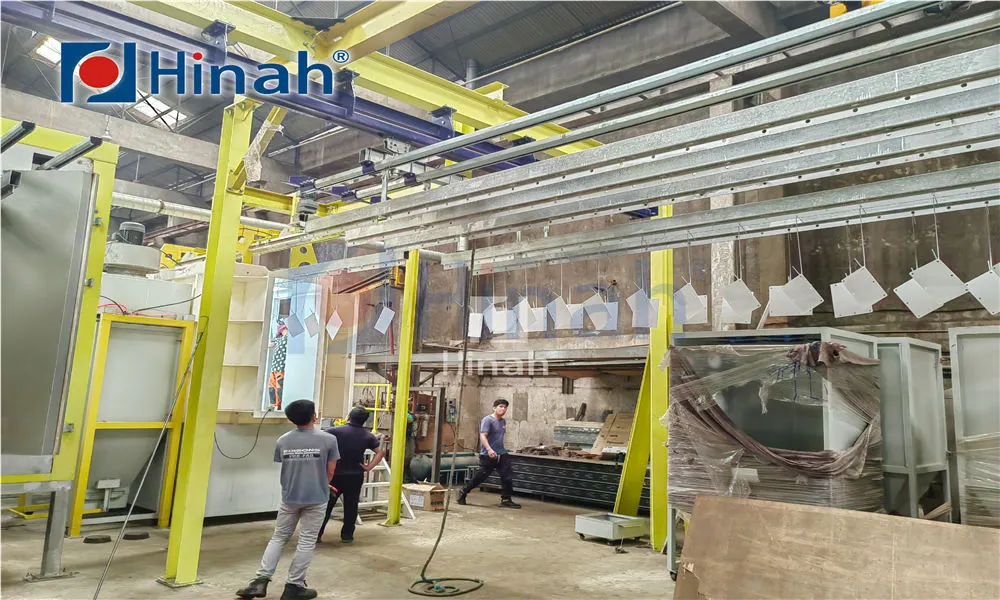If you're exploring the world of powder coating, whether as a professional or a dedicated hobbyist, the heart of your operation will undoubtedly be your powder coating booth. This essential piece of equipment contains the overspray, ensures a clean environment for application, and is critical for achieving a high-quality, durable finish. But navigating the options can be complex. From understanding the powder coating booth price to evaluating powder coating booth manufacturers, and even considering a powder coating booth DIY project, there's a lot to consider. The overall powder coating booth cost isn't just the sticker price; it involves factors like the crucial powder coating booth fan and ongoing maintenance. This article will break down everything you need to know to make an informed decision, helping you avoid common pitfalls and find the right solution for your needs and budget.
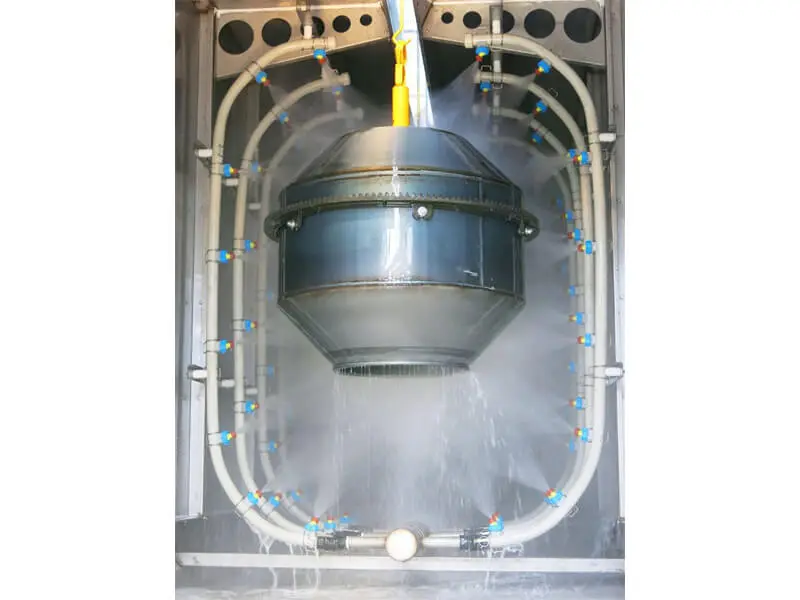
What is a Powder Coating Booth?
A powder coating booth is a ventilated enclosure designed specifically for the application of powder coatings. Its primary functions are to contain the dry powder overspray during the application process and to provide a clean, controlled environment to prevent contaminants from ruining the finish. A typical booth consists of a sturdy structure (often metal), a filtration system to capture airborne powder particles, and a powerful exhaust fan that creates negative pressure, pulling the overspray away from the operator and into the collection filters. This containment is vital for both quality control and operator safety, ensuring that potentially combustible powder dust does not accumulate in the workshop.
Breaking Down the Powder Coating Booth Price
The powder coating booth price can vary dramatically, ranging from a few hundred dollars for a small, basic unit to tens of thousands for a large, automated industrial system. Understanding what drives this cost is key to budgeting effectively.
Size and Capacity: This is the most significant factor. A small bench-top model for coating wheels or small parts will be far less expensive than a walk-in booth designed for coating entire vehicle frames or large machinery.
Construction Quality: Booths made from heavy-gauge steel with robust welding and corrosion-resistant coatings will command a higher price than those made from lighter materials. The quality of doors, windows, and seals also impacts the price.
Filtration System: There are two main types: cyclonic recovery systems that separate reusable powder from the air and cartridge filter systems that capture powder for disposal. Cyclonic systems are more complex and expensive but can lead to significant powder savings over time, improving the overall powder coating booth cost efficiency.
Features and Automation: Basic manual booths are the most affordable. Prices increase with add-ons like automated reclaim systems (which recycle unused powder), internal lighting, explosion-proof electrical components, and integrated curing ovens.
New vs. Used: A used industrial booth can be a great way to save on the initial powder coating booth price, but it's crucial to inspect it for damage, corrosion, and the condition of the fan and filters.
As a rough guide, expect a entry-level hobbyist booth to start around $1,000 - $2,500, professional-grade booths to range from $5,000 - $15,000, and large custom industrial solutions to exceed $20,000+.
Selecting a reputable manufacturer is just as important as understanding the price. The right powder coating booth manufacturers will provide not only a quality product but also crucial technical support, warranty service, and replacement parts.
Industrial Leaders: Companies like Gema (a Nordson company), Wagner, ITW Gema, and Coral are well-established names in the industrial sector. They produce high-end, reliable equipment with advanced features but at a premium powder coating booth price.
Specialized and Regional Manufacturers: Many excellent companies specialize in powder coating equipment. Brands like Col-Met, Pro Powder Coating Equipment, and Parker Ionics offer a range of booths that often strike a balance between professional quality and affordability. They are often more accessible for mid-sized shops.
"Value-Oriented" Manufacturers: There is a growing market of manufacturers, often sourcing products globally, that offer booths at a very competitive entry powder coating booth price. While these can be a good starting point, it's essential to scrutinize the construction details, the quality of the powder coating booth fan, and the availability of customer service and parts.
When evaluating powder coating booth manufacturers, always ask for customer references, inquire about warranty terms, and ensure they can supply consumables like replacement filters specific to your model.
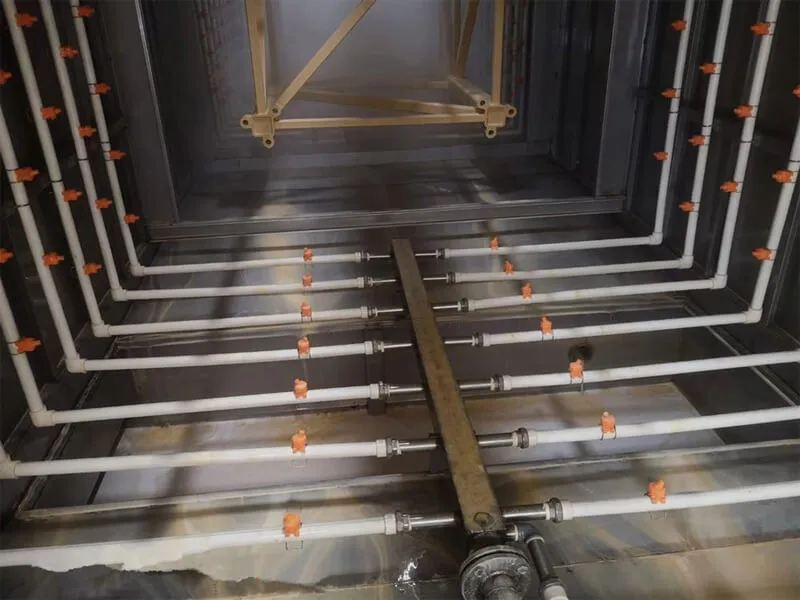
The Allure and Challenge of a Powder Coating Booth DIY Project
For the hands-on individual, the idea of a powder coating booth DIY build is incredibly appealing. The motivation is usually to save on the powder coating booth cost and to create a custom-sized solution for a unique space.
Key Components of a DIY Build:
Enclosure: This can be built from wood framing with metal siding, old filing cabinets, or even constructed entirely from sheet metal. The interior should be smooth and easy to clean.
Ventilation and the Fan: This is the most critical element and where most powder coating booth DIY projects succeed or fail. You cannot use a standard household fan. You need a properly sized powder coating booth fan that is explosion-proof to prevent igniting powder dust. The fan must provide sufficient CFM (cubic feet per minute) to create the required air velocity across the booth opening (typically 100-150 FPM).
Filtration: Many DIYers use affordable disposable furnace filters as a pre-filter and then a final filter box containing finer filters to capture the powder. This is less efficient than a professional system and powder reclaim is nearly impossible.
Pros of DIY: Lower upfront cost, fully customizable size, personal satisfaction.
Cons of DIY: Significant time investment, potential safety hazards if not built correctly (especially with electrical components for the fan), less efficient powder containment, and no option for powder recovery, which increases long-term material costs.
Understanding the Total Powder Coating Booth Cost
It's vital to look beyond the initial powder coating booth price and consider the total cost of ownership. The true powder coating booth cost includes:
Initial Purchase Price: The invoice from the manufacturer or the materials for a DIY build.
Shipping and Installation: Industrial booths are heavy and may require professional rigging and installation, adding thousands to the cost.
Ventilation Ductwork: The booth must be vented to the outside, which may require installing ducting, a roof cap, and ensuring compliance with local codes.
The Powder Coating Booth Fan: This is an operating cost. Explosion-proof fans are powerful and consume electricity. They may also require servicing or replacement over time.
Consumables: Filter cartridges or bags need regular replacement. The frequency depends on usage, but this is a recurring expense that can add hundreds of dollars per year.
Maintenance: Keeping the booth clean, inspecting electrical connections, and ensuring the fan motor is in good working order are all part of ongoing maintenance.
Powder Reclaim Efficiency: A booth with a poor reclaim system means more wasted powder is thrown away with the filters. A higher-quality reclaim system has a higher initial price but a lower long-term material cost.
The Critical Role of the Powder Coating Booth Fan
Often underestimated, the powder coating booth fan is the lungs of the entire system. Its job is to create a consistent flow of air through the booth, carrying overspray away from the operator and safely into the filtration system. A weak or incorrectly sized fan will lead to a host of problems:
Poor Powder Containment: Powder overspray will escape the booth, creating a messy and potentially hazardous work environment.
Health and Safety Risks: Inhalation of powder particles is a health concern. More critically, an accumulation of powder dust in the air creates a risk of explosion. The right fan mitigates this.
Low-Quality Finishes: If overspray isn't promptly removed, it can drift back onto the part being coated, creating a rough, textured "orange peel" effect.
When selecting a fan, key terms are CFM (volume of air moved) and static pressure (the power to push air through filters and ductwork). Always choose an explosion-proof (XP) motor rated for the particulate matter in your environment.
Common Problems and How to Solve Them
Even with the best equipment, issues can arise. Here are some common problems:
Powder Drifting Out of the Booth: This is almost always a ventilation issue. Check that your powder coating booth fan is powerful enough and is actually running. Ensure the filters are not completely clogged, which restricts airflow. Check for air leaks in the booth seals or ductwork.
Poor Powder Reclaim: If your recovery system isn't collecting much powder, check for leaks in the cyclonic separators or vacuum hoses. Ensure the filter cartridges are installed correctly and are the right type for your booth.
Uneven Airflow: This can cause powder to be pulled to one side of the booth. Check for obstructions in the ductwork or on the intake plenum. In larger booths, multiple fan inlets might be necessary.
Filter Clogging Too Quickly: This can be caused by using the wrong type of powder (e.g., some metallic powders clog faster), applying powder too heavily, or using low-quality filters.
Rust or Corrosion: In humid environments, moisture can build up inside the booth. Ensure the booth is grounded correctly to prevent static discharge and inspect it regularly for signs of wear.
Investing in a powder coating booth is a significant decision that impacts your workflow, your safety, and the quality of your finished products. There is no one-size-fits-all answer. Carefully weigh the initial powder coating booth price against the total long-term powder coating booth cost. Research powder coating booth manufacturers thoroughly to find a partner that offers reliability and support. If you're technically inclined, a powder coating booth DIY project can be rewarding, but never compromise on safety, especially when it comes to sourcing the correct powder coating booth fan. By understanding these key elements and common pitfalls, you can choose a booth that will serve your powder coating needs effectively and efficiently for years to come.


